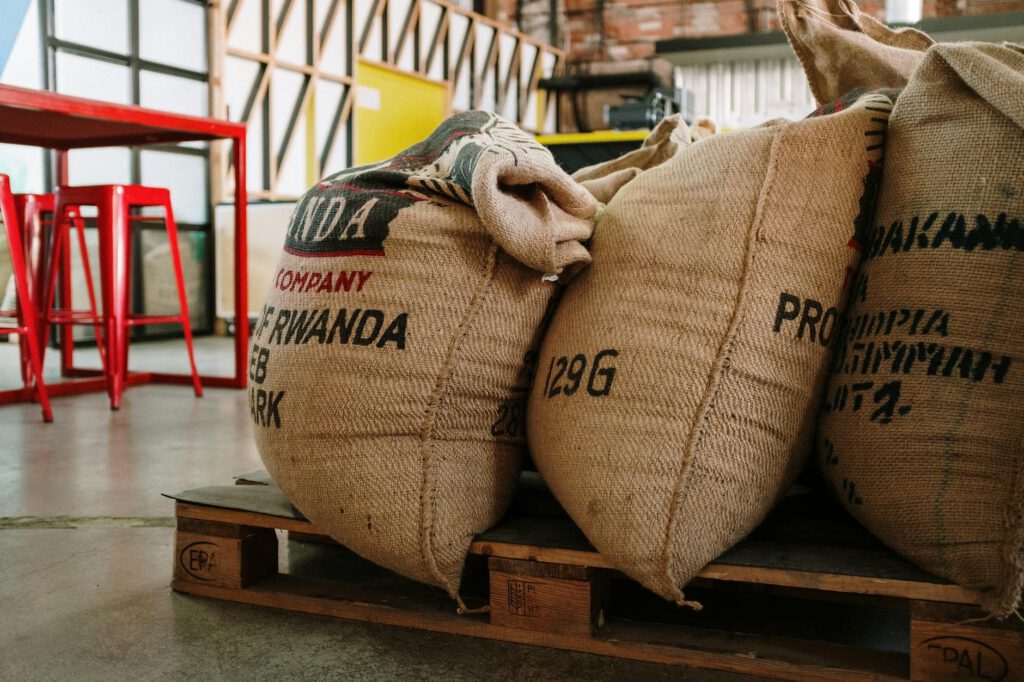****
Introduction
In today’s competitive manufacturing landscape, rising import costs, supply chain disruptions, and fluctuating exchange rates make reliance on imported supplies increasingly unsustainable. Local manufacturers are now seeking cost-effective alternatives to reduce expenses, improve supply chain resilience, and support domestic economies.
This article explores practical, budget-friendly substitutes for imported raw materials and components, helping manufacturers maintain quality while cutting costs. From sourcing locally to adopting innovative materials, we’ll provide actionable strategies to enhance profitability and sustainability.
Why Local Manufacturers Should Reduce Reliance on Imported Supplies
Overdependence on imported supplies exposes businesses to several risks:
- Higher Costs – Import duties, shipping fees, and currency fluctuations inflate expenses.
- Supply Chain Vulnerabilities – Geopolitical tensions, pandemics, and logistical delays disrupt operations.
- Environmental Impact – Long-distance shipping increases carbon footprints.
- Limited Flexibility – Long lead times hinder quick adjustments to market demands.
By shifting to local or alternative sources, manufacturers can mitigate these challenges while boosting efficiency and competitiveness.
1. Sourcing Raw Materials Locally
One of the most straightforward ways to reduce reliance on imports is by procuring raw materials from domestic suppliers.
Benefits of Local Sourcing
- Lower Transportation Costs – Reduced shipping distances mean lower fuel and logistics expenses.
- Faster Turnaround – Shorter lead times enable quicker production cycles.
- Supporting Local Economies – Strengthening domestic supply chains fosters economic growth.
How to Identify Reliable Local Suppliers
- Industry Associations & Trade Directories – Organizations like local chambers of commerce or manufacturing networks list verified suppliers.
- Trade Shows & Expos – Attend industry events to connect with domestic material providers.
- Online Marketplaces – Platforms like Alibaba’s domestic counterparts or regional B2B directories can help locate suppliers.
Example: A furniture manufacturer previously importing hardwood from overseas switched to locally sourced sustainable timber, cutting material costs by 20% and reducing lead times by six weeks.
2. Adopting Alternative Materials
When exact imported materials are too costly, manufacturers can explore substitutes with similar properties.
Common Material Alternatives
- Recycled Metals & Plastics – Cheaper and eco-friendly, recycled materials often match virgin imports in quality.
- Bioplastics & Composites – Plant-based or synthetic alternatives can replace petroleum-based plastics.
- Engineered Wood – A cost-effective substitute for rare imported hardwoods.
Steps to Evaluate Material Substitutes
- Assess Technical Requirements – Compare strength, durability, and compatibility.
- Test Samples – Conduct small-scale trials before full adoption.
- Consult Experts – Material scientists or industry consultants can recommend viable alternatives.
Example: A packaging company replaced imported plastic resins with locally produced biodegradable polymers, reducing costs by 15% while appealing to eco-conscious customers.
3. Vertical Integration & In-House Production
Manufacturers can reduce dependency on external suppliers by producing certain materials internally.
Advantages of Vertical Integration
- Cost Control – Eliminates supplier markups.
- Quality Assurance – Direct oversight ensures consistency.
- Supply Chain Security – Reduces risks of shortages.
Strategies for Implementing In-House Production
- Start Small – Begin with high-cost or critical components.
- Invest in Automation – Machinery can improve efficiency for bulk production.
- Partner with Local R&D – Collaborate with universities or tech hubs to develop proprietary materials.
Example: A textile manufacturer invested in spinning machinery to produce its own yarn, cutting fabric costs by 30% and reducing reliance on imported materials.
4. Collaborative Procurement & Supplier Networks
Pooling resources with other manufacturers can lead to bulk purchasing discounts and stronger supplier relationships.
How to Build a Collaborative Procurement Network
- Join Industry Groups – Collaborate with peers to negotiate better rates.
- Form Buying Consortia – Collective purchasing increases bargaining power.
- Leverage Digital Platforms – B2B marketplaces facilitate group buying.
Example: A group of electronics manufacturers formed a consortium to purchase semiconductors in bulk, reducing per-unit costs by 18%.
5. Government Incentives & Subsidies
Many governments offer grants, tax breaks, or subsidies to encourage local sourcing and production.
Key Programs to Explore
- Tax Credits for Local Sourcing – Some regions incentivize domestic procurement.
- R&D Grants – Funding for developing alternative materials.
- Export Promotion Schemes – Support for manufacturers shifting to local inputs.
How to Access These Incentives
- Check Government Portals – Official trade and industry websites list available programs.
- Consult Trade Advisors – Experts can guide applications.
- Network with Industry Bodies – Associations often share updates on new incentives.
Example: A food processing company utilized a government grant to switch from imported preservatives to locally sourced natural alternatives, cutting costs by 25%.
Tools & Resources for Finding Local Alternatives
- Supplier Databases – ThomasNet, Kompass, and local B2B directories.
- Material Comparison Tools – Matmatch, CES Selector for evaluating substitutes.
- Industry Reports – Market research firms publish cost-benefit analyses of local vs. imported materials.
FAQs
1. Will local alternatives compromise product quality?
Not necessarily. Many local materials meet or exceed imported quality, especially when properly tested.
2. How can I ensure a smooth transition from imports?
- Conduct pilot tests.
- Gradually phase in alternatives.
- Train staff on new material handling.
3. Are local suppliers more expensive than imports?
Sometimes, but bulk purchasing, reduced logistics costs, and government incentives often offset higher base prices.
4. What if a critical material has no local substitute?
Consider hybrid sourcing—partially local, partially imported—to balance cost and supply security.
Conclusion
Reducing reliance on imported supplies is not just a cost-saving measure—it’s a strategic move toward resilience and sustainability. By sourcing locally, adopting alternative materials, integrating production, collaborating with peers, and leveraging government incentives, manufacturers can cut costs without sacrificing quality.
The shift requires research, testing, and adaptation, but the long-term benefits—lower expenses, faster turnaround, and stronger supply chains—make it a worthwhile investment. Start small, explore partnerships, and gradually build a more self-sufficient, cost-effective manufacturing model.
By embracing these strategies, local manufacturers can thrive in an unpredictable global market while contributing to domestic economic growth.

